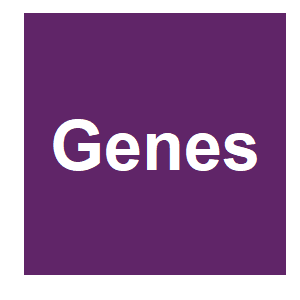The Biochemistry of Cytoplasmic Incompatibility Caused by Endosymbiotic Bacteria

|
H. Chen, M. Zhang and M. Hochstrasser,
Genes,
11.
2020.

Many species of arthropods carry maternally inherited bacterial endosymbionts that can influence host sexual reproduction to benefit the bacterium. The most well-known of such reproductive parasites is Wolbachia pipientis. Wolbachia are obligate intracellular α-proteobacteria found in nearly half of all arthropod species. This success has been attributed in part to their ability to manipulate host reproduction to favor infected females. Cytoplasmic incompatibility (CI), a phenomenon wherein Wolbachia infection renders males sterile when they mate with uninfected females, but not infected females (the rescue mating), appears to be the most common. CI provides a reproductive advantage to infected females in the presence of a threshold level of infected males. The molecular mechanisms of CI and other reproductive manipulations, such as male killing, parthenogenesis, and feminization, have remained mysterious for many decades. It had been proposed by Werren more than two decades ago that CI is caused by a Wolbachia-mediated sperm modification and that rescue is achieved by a Wolbachia-encoded rescue factor in the infected egg. In the past few years, new research has highlighted a set of syntenic Wolbachia gene pairs encoding CI-inducing factors (Cifs) as the key players for the induction of CI and its rescue. Within each Cif pair, the protein encoded by the upstream gene is denoted A and the downstream gene B. To date, two types of Cifs have been characterized based on the enzymatic activity identified in the B protein of each protein pair; one type encodes a deubiquitylase (thus named CI-inducing deubiquitylase or cid), and a second type encodes a nuclease (named CI-inducing nuclease or cin). The CidA and CinA proteins bind tightly and specifically to their respective CidB and CinB partners. In transgenic Drosophila melanogaster, the expression of either the Cid or Cin protein pair in the male germline induces CI and the expression of the cognate A protein in females is sufficient for rescue. With the identity of the Wolbachia CI induction and rescue factors now known, research in the field has turned to directed studies on the molecular mechanisms of CI, which we review here. More related to this: The toxin–antidote model of cytoplasmic incompatibility: Genetics and evolutionary implications Wolbachia and cytoplasmic incompatibility in mosquitoes Cytoplasmic incompatibility: an autocidal mechanism for mosquito population control Australian scientists slash dengue fever in Indonesia by infecting mosquitoes with bacteria Sex-chromosome meiotic drive in Drosophila melanogaster males
|



